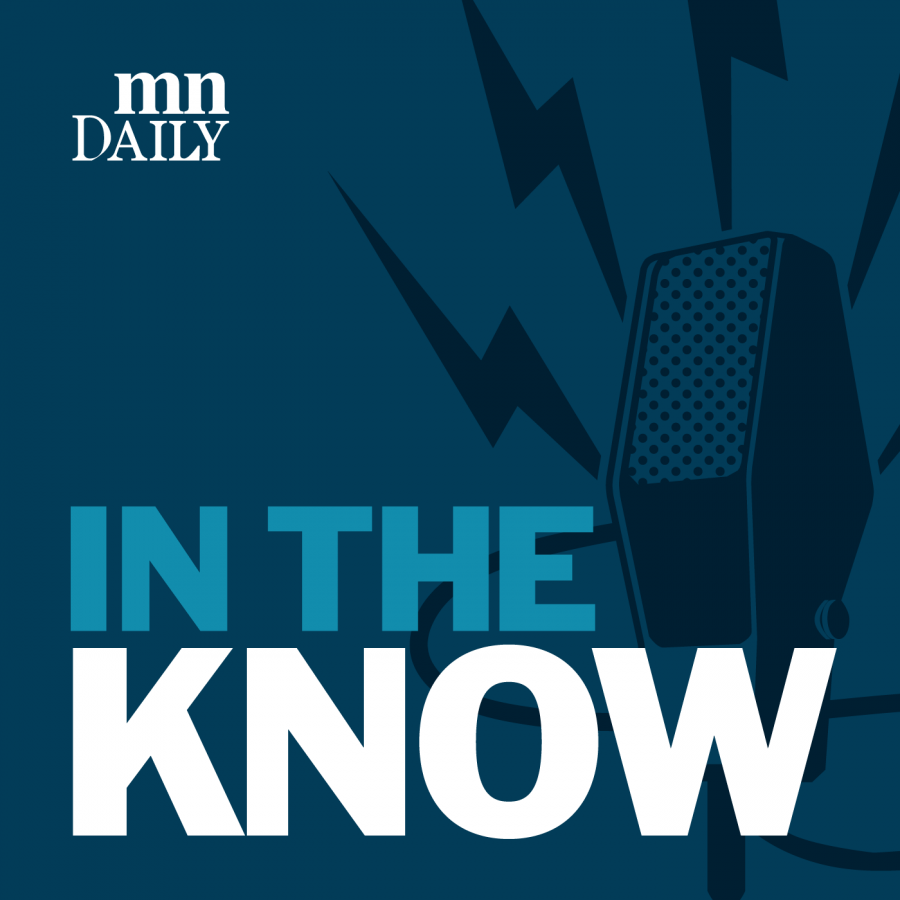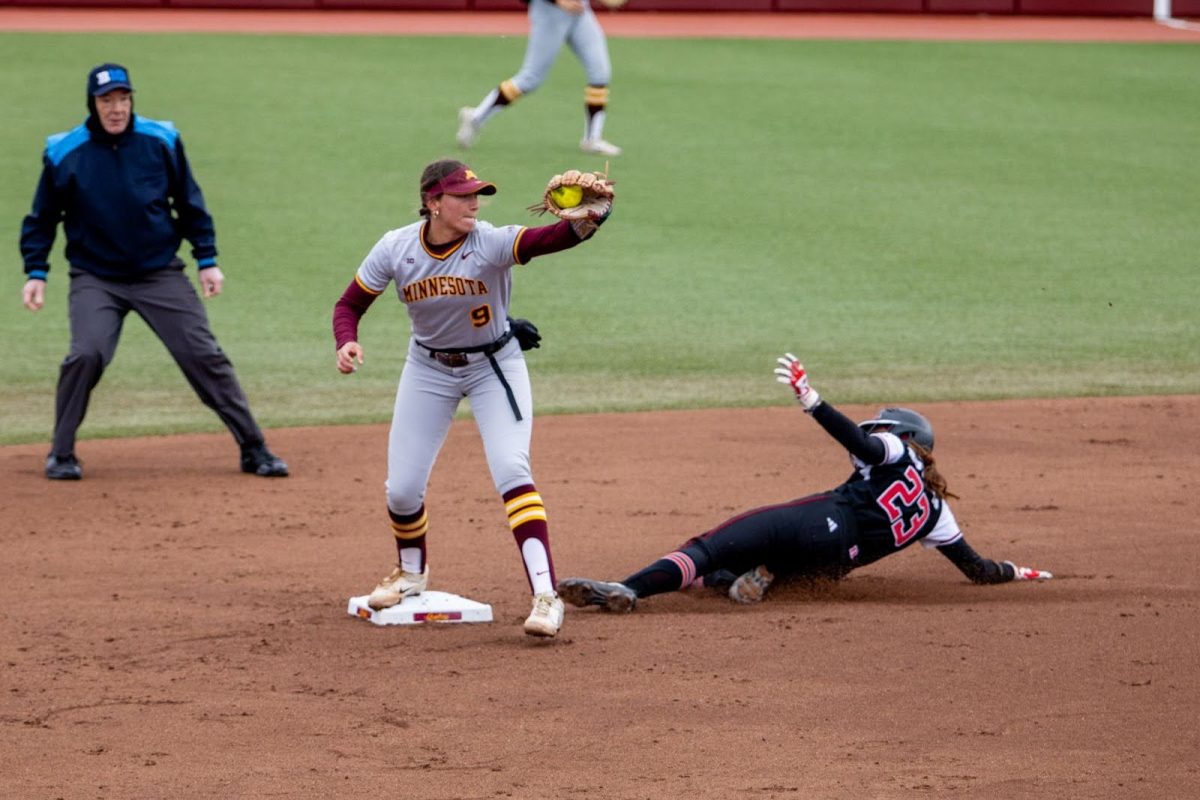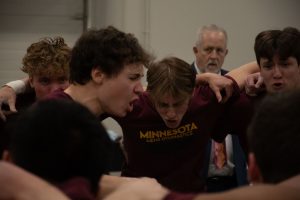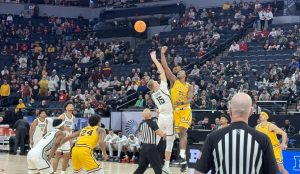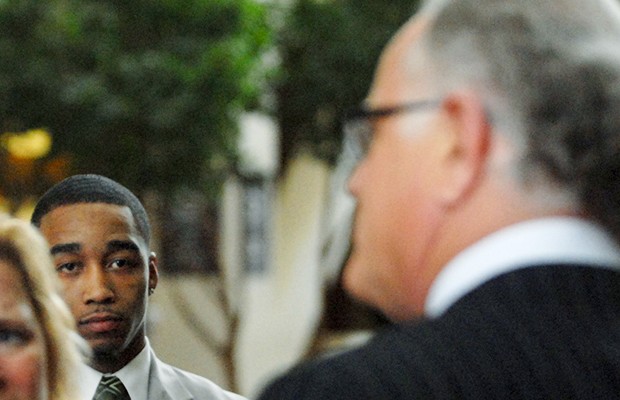In a highly publicized court decision made April 11, 2008, a jury convicted former University of Minnesota Gophers football player Dominic Jones of fourth-degree criminal sexual conduct. The court sentenced Jones to a year in the workhouse and a five-year stayed prison sentence for performing âÄúdemeaningâÄù and âÄúhumiliatingâÄù sexual acts with the victim, an 18-year-old college first-year student, while she was too drunk to give or withdraw consent. Thursday âÄî one year after the original verdict âÄî Jones and his defense attorney Earl Gray will go back to the courtroom to appeal the verdict, seeking a new trial. However, University law professor Meghan Ryan called that outcome âÄúunlikely.âÄù âÄúAppellate courts usually interpret cases broadly,âÄù Ryan said. âÄúAppellate courts tend to respect the decisions made in trial courts.âÄù Gray will introduce arguments to the appellate court aimed at overturning decisions made by the trial court, he said. Gray said he believed Jones did not receive a fair trial because of the following âÄúprocedural errorsâÄù made by the court.
Sexual history
The victim took eight shots of vodka in the apartment of five Gophers football players April 3, 2007, according to the criminal complaint filed in Hennepin County District Court. The victim recalled having sex a short time after taking the shots with three Gophers players: Alex Daniels, E.J. Jones and Keith Massey , who were all sober, according to the complaint. The victim did not remember having sex with Jones, who entered the apartment after the three men had already had sex with her, according to the complaint. The victim, too intoxicated to stand, had been placed on the couch and passed out before the incident with Jones happened, witness testimony stated. The men were initially accused of raping the victim but were never charged with a crime. Still, all players involved that night were released from the team by Gophers head football coach Tim Brewster by the summer of 2007. The defense could not use the victimâÄôs sexual history because rape victim shield laws forbid defendants from using a victimâÄôs sex life against them as a defense. Gray said he believed the victimâÄôs earlier acts should have been admitted as evidence. Gray said he hopes that with the victimâÄôs sexual history admissible, his client will be exonerated.
Video played excessively
Hennepin County prosecutors Martha Holton Dimick and Marlene Senechal used a cell phone video of JonesâÄô acts with the victim as evidence, captured by Daniels, during the trial. The video showed Jones kneeling over the victim on the bed and ejaculating on the victimâÄôs face. She appeared to be unconscious and unresponsive. Gray said the tape was played for the jury in the courtroom excessively. âÄúThe prosecution played the tape way too many times,âÄù Gray said. âÄúIt had a negative cumulative effect on the jury.âÄù Because the video did not show vaginal penetration, the prosecution was unable to prove that Jones engaged in intercourse with the victim. In their testimonies, witnesses reported seeing Jones on top of the victim and making a thrusting motion, but never clearly saw intercourse happening. This prevented Jones from being charged with third-degree criminal sexual conduct, which was the original charge brought against him. If he would have been convicted, he could have faced 41 to 58 months in prison, according to Minnesota sentencing guidelines. The United States Secret Service recovered the video file of the incident after Daniels deleted it from his phone before the investigation. Jones was also linked to the crime through a positive DNA match obtained though a semen sample found on the victimâÄôs clothing, the complaint stated. Victim was determined to be âÄòphysically helplessâÄô JonesâÄô appeal is also taking issue with the court admitting the testimony of Dr. Stephen Smith as fact. Smith, an expert on sexual assaults facilitated by drugs or alcohol, estimated the victimâÄôs blood alcohol content of at least 0.30 the night of the incident. Gray said the state did not prove that the victim was physically helpless. The estimate was based on the victimâÄôs size, weight, amount of alcohol consumed and the perceived burn-off rate of the alcohol. Shortly before the crime, the victim was too intoxicated to walk, according to witness statements found in the complaint. In testimony, the victim maintained she had no memory of the acts with Jones. Jones testified that the victim was standing on her own when he entered the apartment. Gray said the state used information provided by Daniels in their prosecution of Jones, but did not allow Daniels to testify in court. This violated JonesâÄô rights, Gray said. âÄúAlex should have testified,âÄù Gray said. âÄúThatâÄôs denial of your right to cross-examine the witnesses against your client,âÄù Gray said.
Self-incrimination
Jones agreed to meet with officers in late April 2007 to answer questions in a University football practice facility conference room. What Jones did not know is that officers had prepared pointed questions based on âÄúlarge amountsâÄù of incriminating evidence they had uncovered against him, the court report stated. Investigators were successful in eliciting responses from Jones that showed a âÄúconsciousness of guiltâÄù and âÄúlack of credibility,âÄù the document stated. According to the investigators, Jones made a âÄúcalculatedâÄù effort to appear cooperative and open, but tried to mislead officers by providing information he knew was false. He also refused to answer some specific questions about his involvement in the sexual conduct without his attorney present. JonesâÄô defense tried to move to disallow the use of this incriminating information as evidence. The defense claimed that because Jones said he didnâÄôt wish to answer several questions without a lawyer present, he invoked his Fifth and Sixth Amendment rights. This would disallow the statements to be used as evidence. Judge Marilyn Rosenbaum concluded that because Jones was not in custody, he had not been granted a right to council or the right to remain silent. Therefore, the information was found to be admissible as evidence and was used to prosecute Jones.


